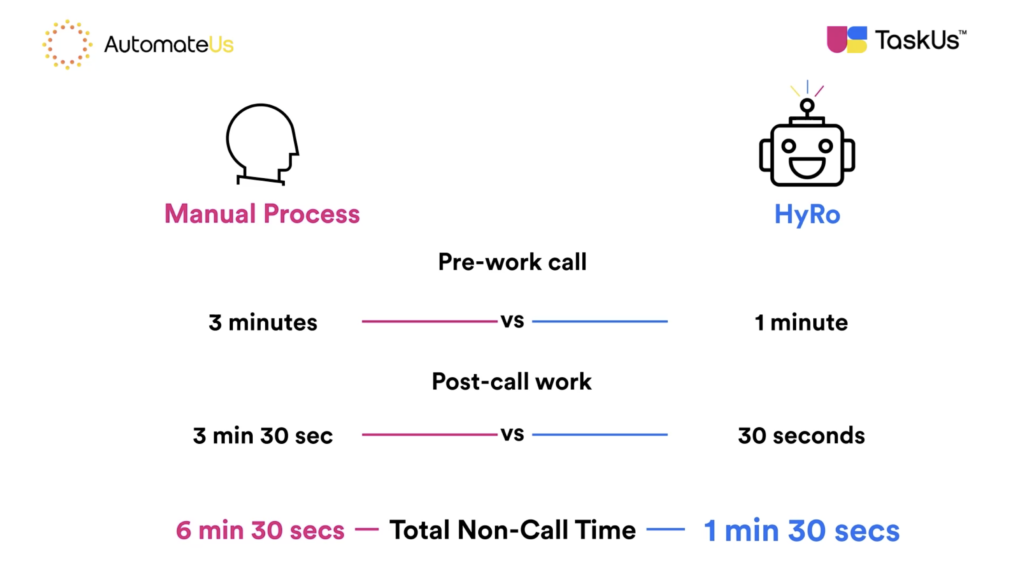As we emerge from the COVID-19 pandemic, buyers will gradually go back to physical stores. Nevertheless, consumer behaviors that have been developed amid this global health crisis are still expected to remain in the post-pandemic world. While lives have been radically reshaped, there is still a sense of optimism as we enter the new normal1.
An increase in online shopping is a behavior that has forced retailers to funnel investments into eCommerce—some even grappled with the need to quickly pivot to meet the demands of remote consumers. However, now that stores have reopened, brands have to assess which COVID-inspired solutions are all worth keeping. In the retail industry, delivery costs, warehousing, and web and digital ad expenses are the biggest areas where increased investment occurred.
Now, retailers need to reassess their long-term strategy, and make it more proactive than reactive, to offset the spike in expenses. This requires improving efficiencies and reducing returns, while retaining customers and enhancing personalization2.
As if only overnight, we witnessed how eCommerce plans shifted from “top priority” to a serious lifeline for retailers struggling to survive the pandemic. Many retailers have reopened, but customer trends show a diminishing need for brick-and-mortar stores as today’s consumers will now only shop for online products they previously bought in stores.
To succeed in eCommerce, retailers must address the question: “What customer experience do I want to offer?” This approach builds a connected journey relevant to target consumers and frames the channel ecosystem designed to provide value and convenience across that journey.
Retailer brands must now consider how their product and service assortment can favor a home environment, and put a premium on these offerings. About 38% of consumers intend to do more shopping online and will only visit stores that provide an excellent customer experience. In anticipation of the continued prevalence of work-from-home arrangements, consumers will, in effect, also do more cooking at home, and would expect to spend less on travel. This reprioritization has driven significant changes in the way brands interact with the consumer3.
Related: Digital Retail Experience: What Do Your Customers Want in 2022?
Cost Inefficiency in Operations
In the face of the pandemic, the ever-changing consumer behaviors exposed retailers that had outdated strategies. On the other hand, brands that saw eCommerce as a survival plan were able to pivot quickly and effectively. However, this strategy came with a hefty cost, but there is still an opportunity to address inefficiencies to make the leap to eCommerce more profitable in the future. Some of these inefficiencies may be addressed with the implementation of AI, specifically for pickup and delivery, shipping, and warehouse management2.
Diminished Customer Experience
Most retailers tried to execute an omnichannel strategy but only few created a real omnichannel experience. The idea that it takes considerable effort, time, and resources was too daunting for many retailer brands. This prevented them from even attempting to take the omnichannel route. Those who tried then faced the realities of higher costs, slow progress, competing priorities, lack of focus, and conclusively disjointed experience, which all left an impact on their customers.
Most failed to realize that there is no one-size-fits-all omnichannel solution or, at least, that it is rare to find such service for the wide variety of customers.
But it is likely for retailer brands to design a highly personalized omnichannel experience for the large majority of customers by focusing on the two to three cross-functional channel journeys that appeal to most patrons. However, moving the needle to have a seamless omnichannel design demands an understanding of the strategy across the whole organization3.
Short-term Strategies
Most retailers’ quick pivot to eCommerce was out of necessity. They needed to cater to all the customers who were forced to move their shopping online. Some narratives suggest that it may only be a short-term solution, but the question remains: Does this plan still fit in the new normal landscape?
TaskUs’s Digital Initiatives favor the ever-changing improvement of human experience and give businesses a broader, long-term perspective. We are more proactive than reactive. TaskUs’s sense of “why” permeates how and what it does for its well-versed and digitally savvy Teammates. Clients partner with Us because we are in a position to support them with the three key differentiators: cost efficiency, intuitive automation, and longevity.
Intuitive Automation
Through intuitive automation, certain tasks that are identified as repetitive and less creative are automated, which allows Teammates to engage in important activities—“create meaningful relationships with customers.”
Take for instance, this approach to handling tickets:
In one of our campaigns, Teammates were tasked with three things: pre-call work, the outbound call, and post-call work. While the copy-paste approach works, it is not the most efficient one. This campaign initially showed that pre-call work and post-call work would take about three minutes each under the copy-paste approach—a total of six minutes of on-call time.
We knew right away what this meant: 17,000 tickets need 78,000 minutes, or 58 days, to be accomplished. There was no doubt automation would vastly improve this.
We’ve since said goodbye to the endless copy-paste approach. Our automation solution does the high volume of repetitive tasks and does the heavy lifting by scraping the data automatically even before Teammates start their work.
This allows Teammates to allot more of their time, energy, and effort to understanding and supporting customers. It has also reduced 58 days’ worth of work to just 18 days. The image below shows the difference:

Cost Efficiency
On the client’s side, this approach saves them $12,000 a month, which they can allocate to more meaningful work. The results showed:
- A 66% increase in efficiency;
- 58% increase in tickets per hour; and
- A never before achieved 100% accuracy rate
Long-term Strategy
Alongside our intuitive automation approach, TaskUs has proved, time and again, that our 12 years of in-depth consulting expertise brings long-term benefits for the client’s customers, global teams and operational methods, as well as their expected bottom line.
Our global Consulting teams are fully committed to guiding Clients, regardless of industry or vertical, in addressing, dissecting, and exploring a complete and thorough range of questions across critical back-office and customer operations capabilities.
We continue to deliver Ridiculously Good Next-Generation Digital Outsourcing to the most innovative brands in the world.
Together. You and Us.
Learn more about our Retail and eCommerce capabilities and how we help companies in this space.


